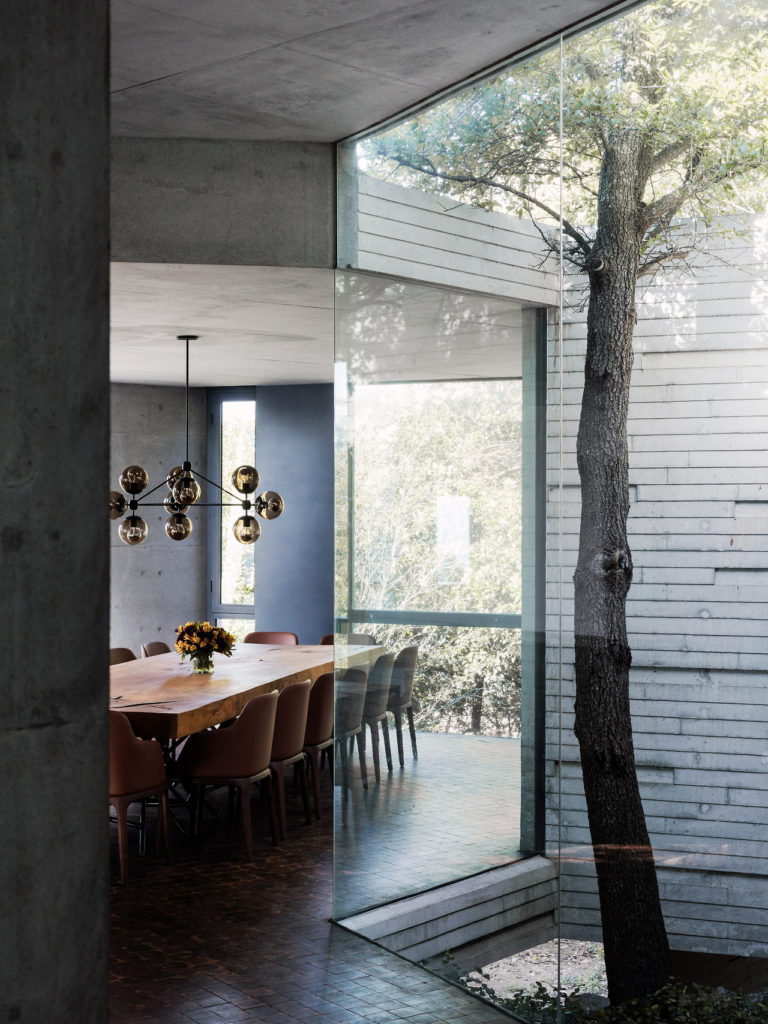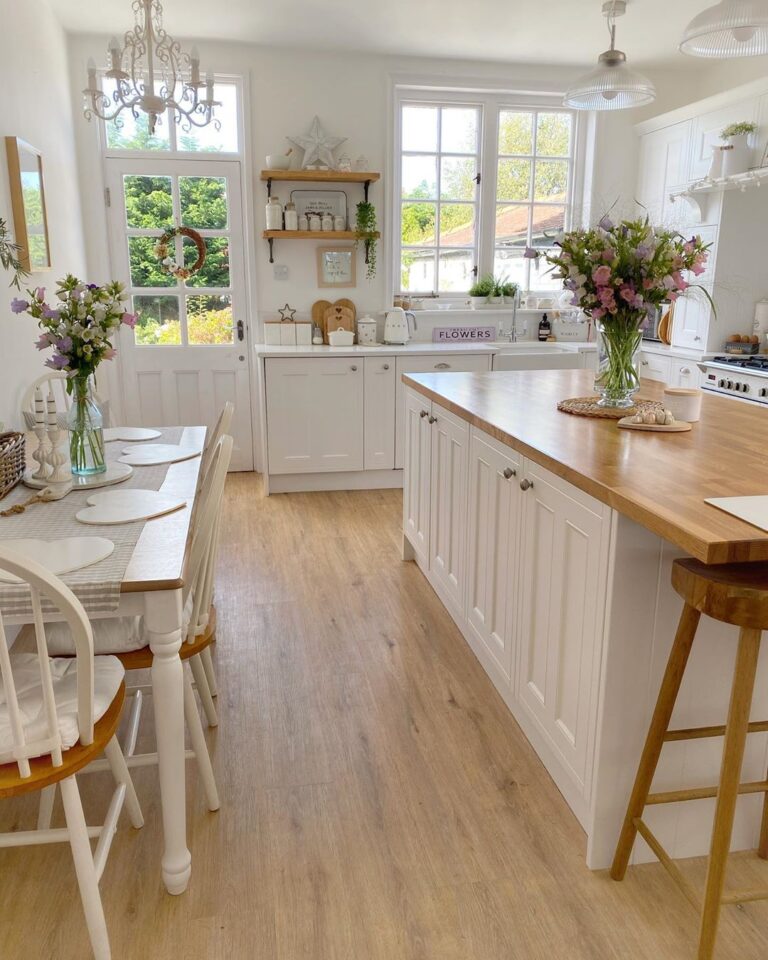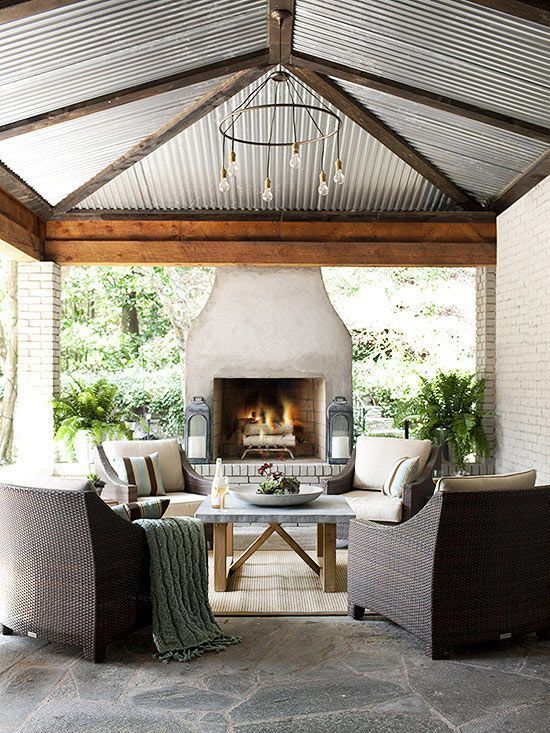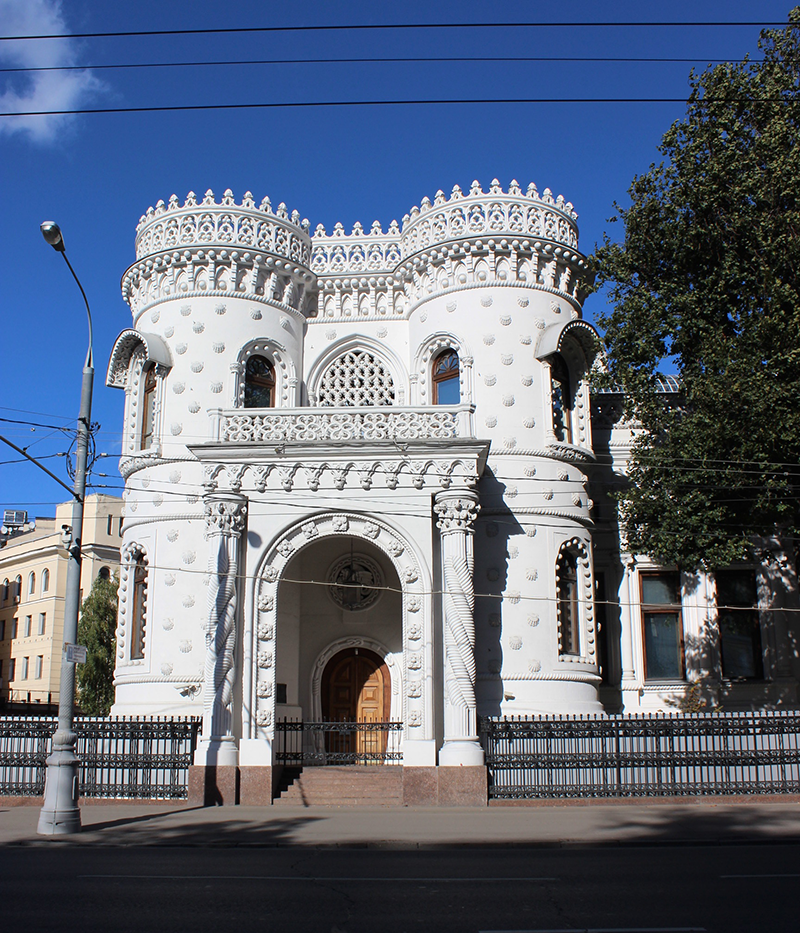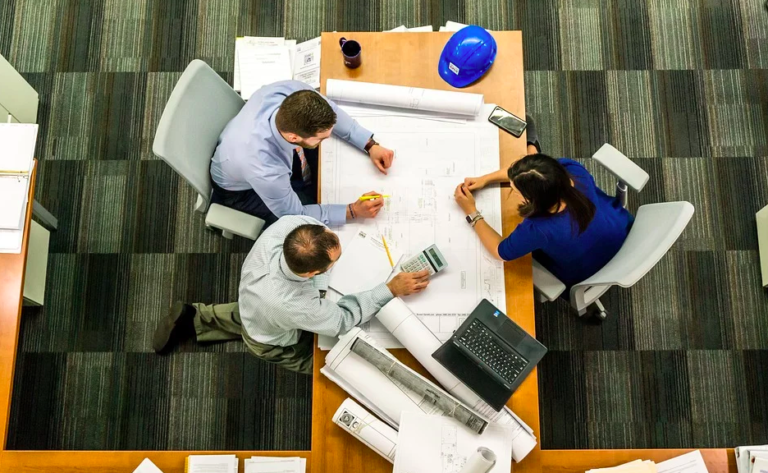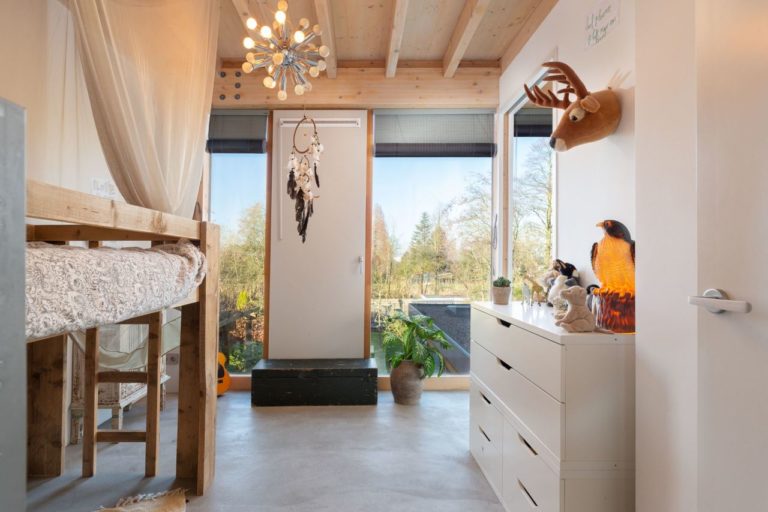How Better Design Principles Can Make Buildings Safer
Whilst the shadow of Brexit may continue to loom large over the construction market in the UK, this industry continues to generate in excess of £110 billion per annum to the economy.
It also contributes a hefty 7% of the national GDP, and in this respect, it remains an underrated sector that serves as a crucial economic engine and employs a huge number of people nationwide.
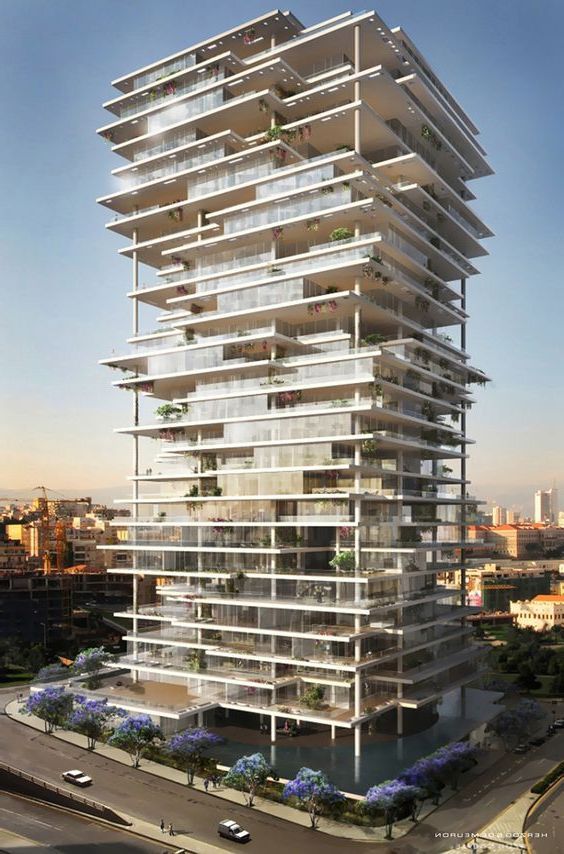
This industry is also being driven by the principles of intuitive and superior design, which are helping to reduce construction costs and create safer structures. Here are three ways in which better design principles can contribute to the safer and superior buildings of the future.
Identifying Key Weaknesses and Correcting These Through Design
In the wake of the 9/11 attacks at the turn of the century, designers and property developers across the globe began to study existing structural systems to determine how they were likely to fail under various different threats.
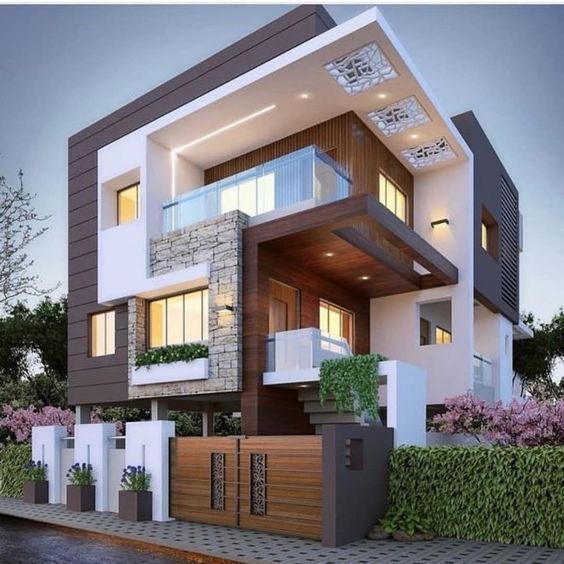
This including focusing on key points of weakness including windows, doors and other means of egress, alongside lighting, mechanical rooms, and fire protection systems (we’ll have a little more in this below).
From here, superior design principles were proposed to eliminate single points of weakness and failure, creating a more secure structure and building system that was incredibly more robust over time.
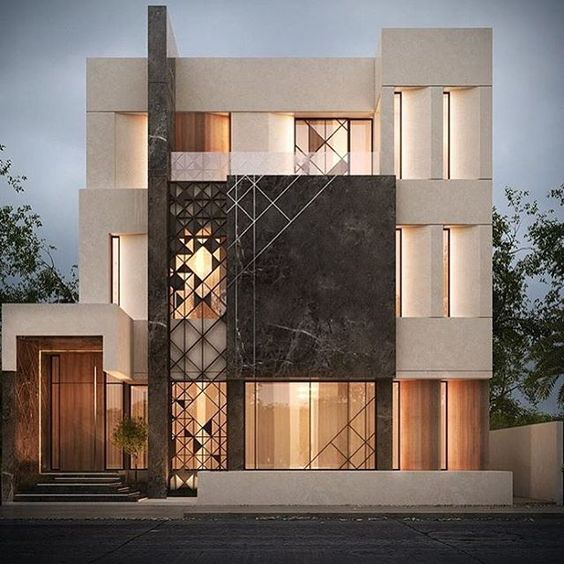
Creating Preventative and Reactive Fire Safety Measures
This ethos is best embodied by modern fire protection systems, which are now founded on collaborative and technology-led strategies that help to safeguard commercial buildings more effectively.
At the heart of this is innovations such as automatic smoke vents, which can be installed in lobbies, stairwells and at strategic junctures throughout a commercial property depending on its size and usage.
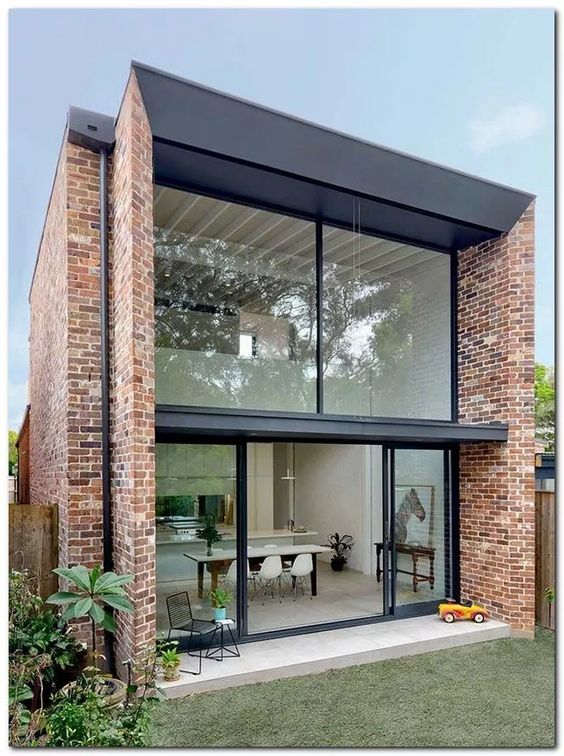
These systems should be used as part of clearly-defined and logical escape routes, which are required by law and must enable people to plot a safe way out of the building in the case of an emergency.
Similar, modern structures are built using sustainable and naturally fire-repellant materials that minimize the risk of fires breaking out in the first place.

Developing Subtle but Effective Security Systems
Security is another key watchword for commercial buildings, with subtlety key to all effective systems installed in the modern age.
There are even design principles that help to create more secure public spaces without the need for fortification and overt security measures.
Creating interiors with wide, open and visible spaces offers a relevant case in point, whilst corners should also be kept to a minimum unless they’re within sight of administrative offices or security cameras.
These features, when combined with visible alarm systems and well-lit perimeters, can contribute to more secure and safer structures that protect those who dwell within.

